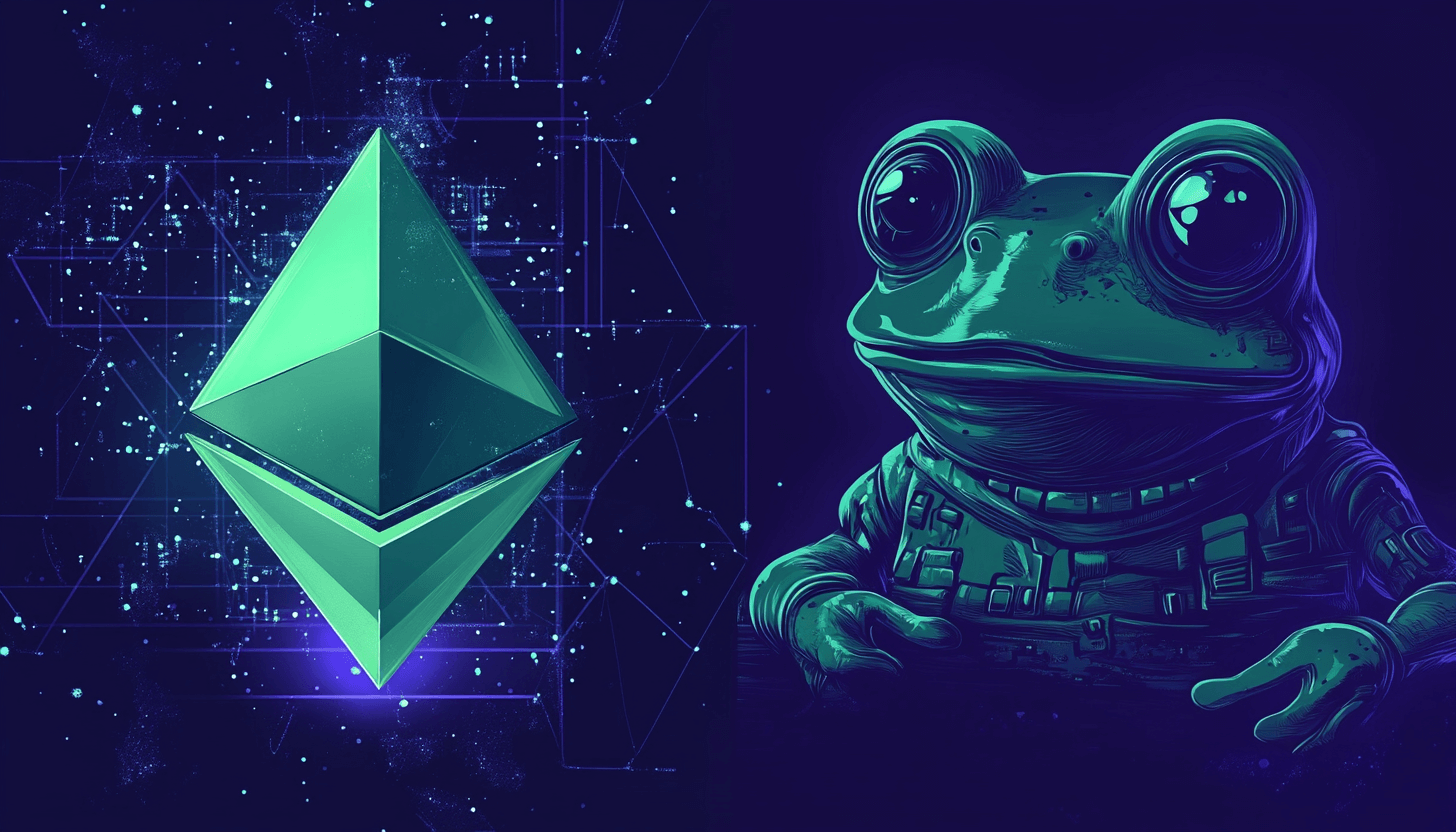ARTICLE AD
EOS has announced a new solution aiming to improve Bitcoin’s scalability and compatibility with layer-2 networks.
EOS Network, a blockchain platform powered by the EOS virtual machine, has announced the development of exSat, a docking layer, aimed at bridging the gap between Bitcoin‘s mainnet and a diverse array of layer-2 scaling solutions within the Bitcoin ecosystem.
In a blog announcement on Apr. 10, the exSat Network team said their solution could potentially expand Bitcoin’s data consensus to enhance “interoperability, scalability, and security within the Bitcoin ecosystem.”
“By facilitating direct queries of BTC and ecosystem token balances, exSat enables a seamless flow of assets and information across different networks and Bitcoin layer-2 scaling solutions.”
The exSat Network team
Powered by a hybrid consensus mechanism that merges proof-of-work, proof-of-stake, and delegated proof-of-stake, exSat wants to expand Bitcoin’s functionalities by synchronizing block data between Bitcoin miners and the exSat Network.
Additionally, exSat implements decentralized state data indexing for native assets, enabling streamlined querying and improved interoperability across not only native BTCs, but also extensions like Runes, BRC-20, and BRC-721. The team also emphasizes opportunities for Solidity developers to build diverse applications on the new network, with support for universal gas fees for BTC, Ordinals, Ethereum (ETH), and stablecoins.
To participate in the network as validators, users would need to stake over 100 BTC (equivalent to around $7 million) to qualify as a validator node. Additionally, nodes must stake XSAT tokens to earn revenue rights.

 9 months ago
64
9 months ago
64 

